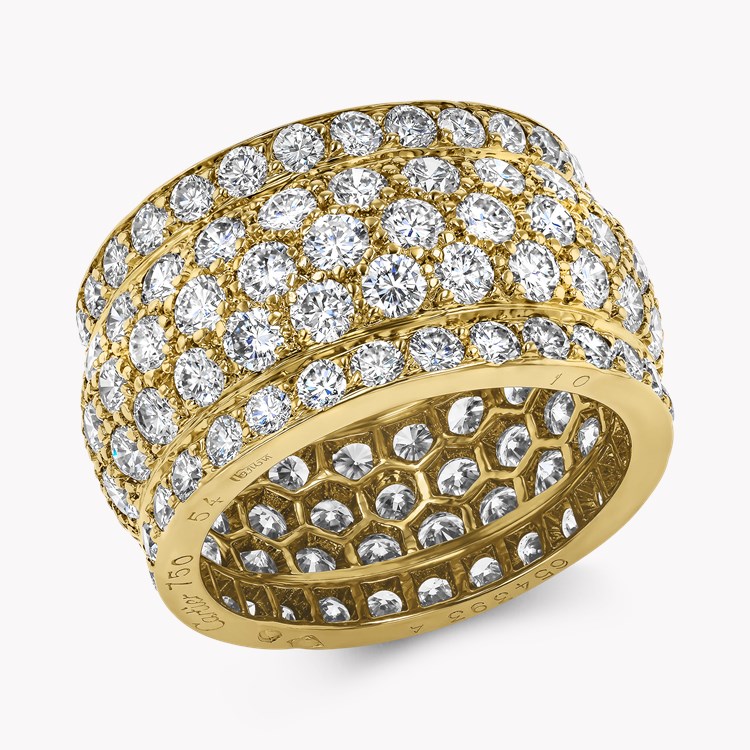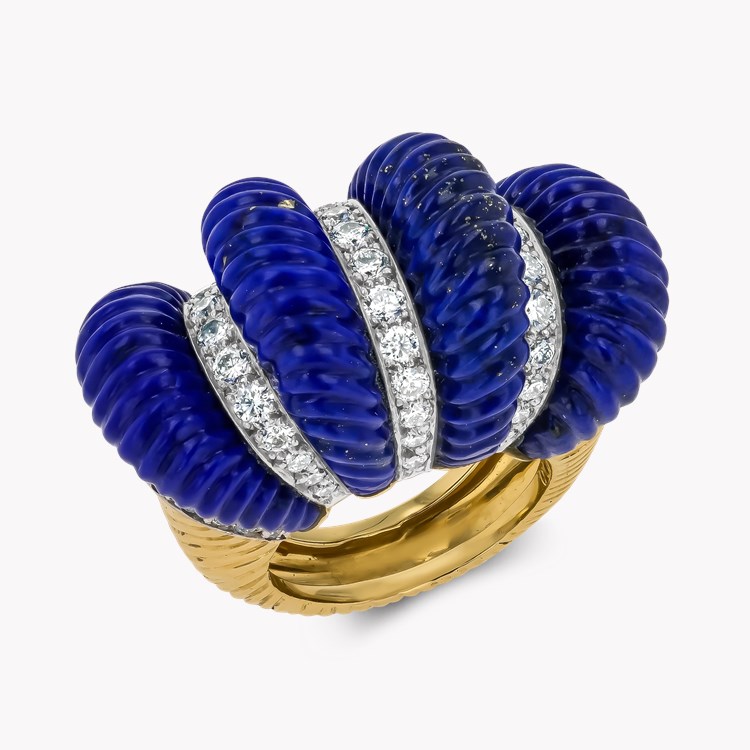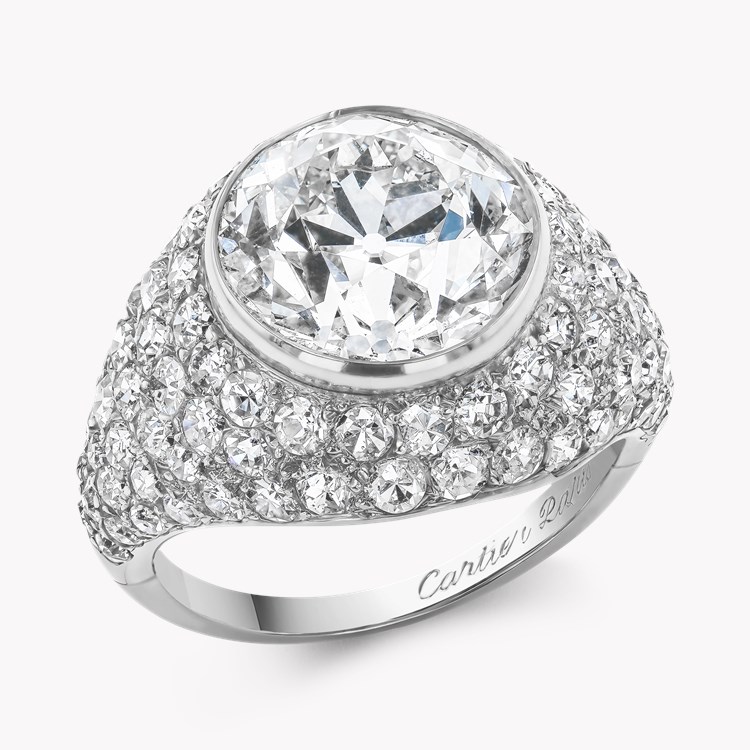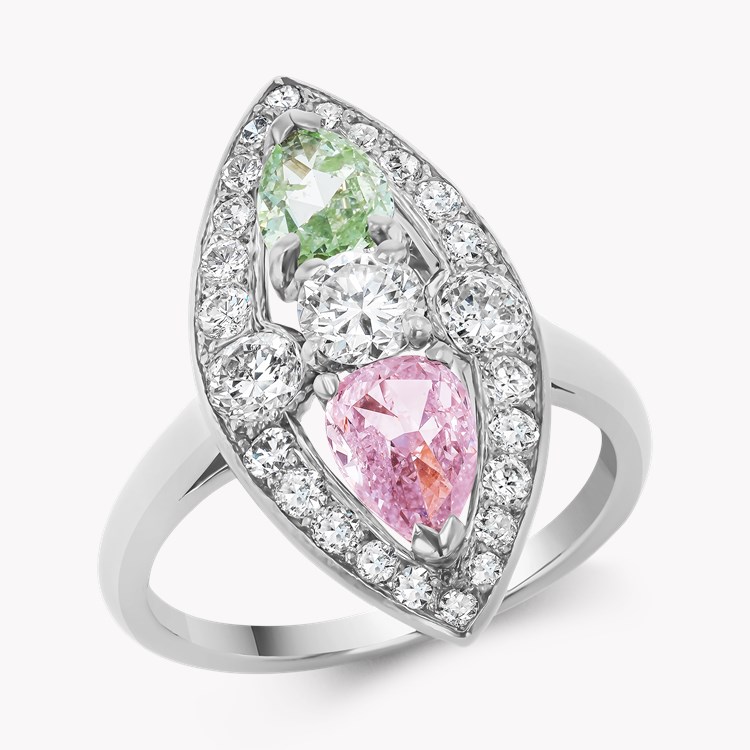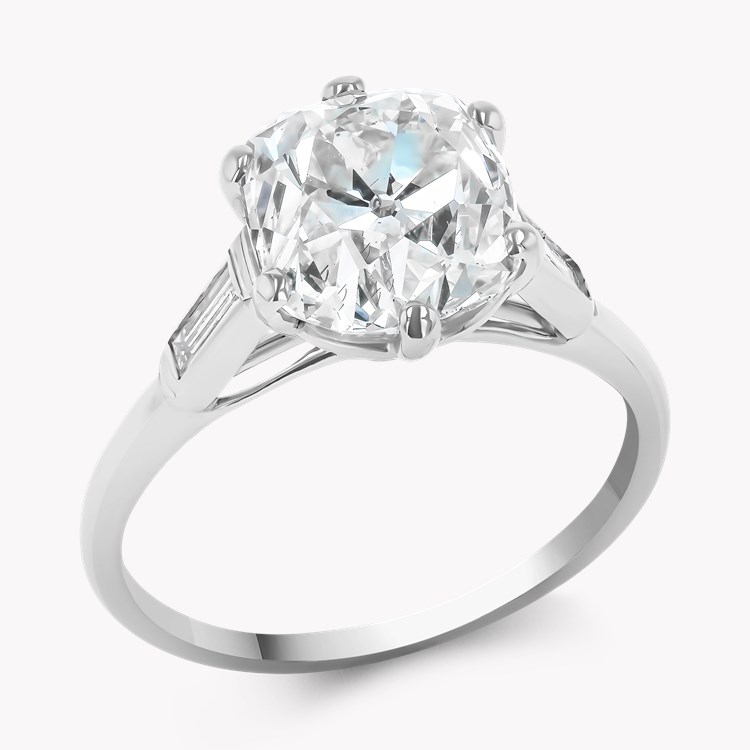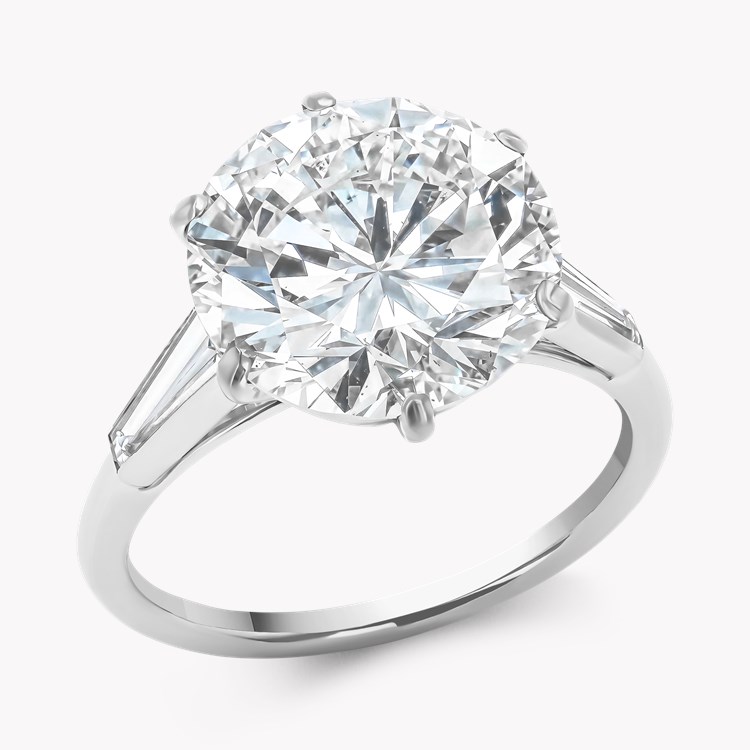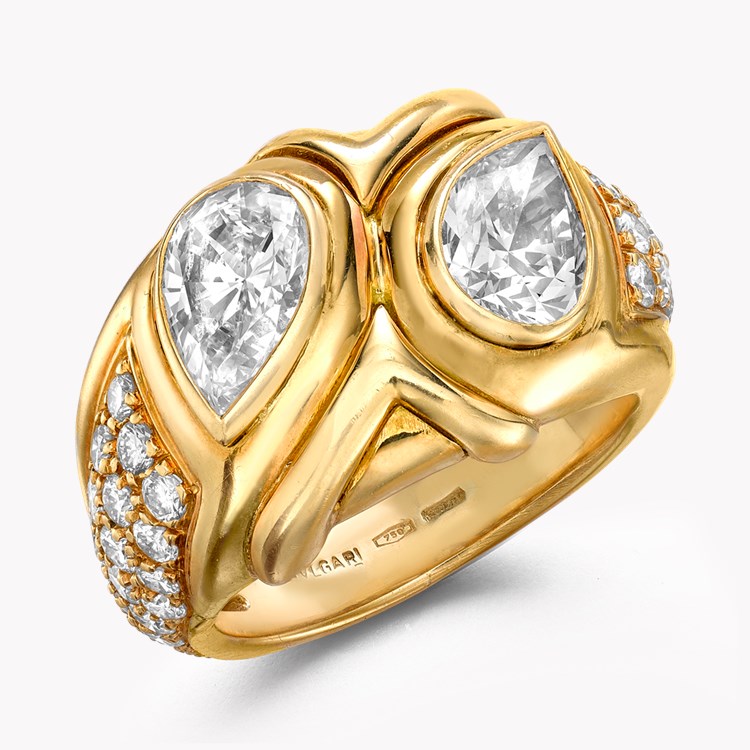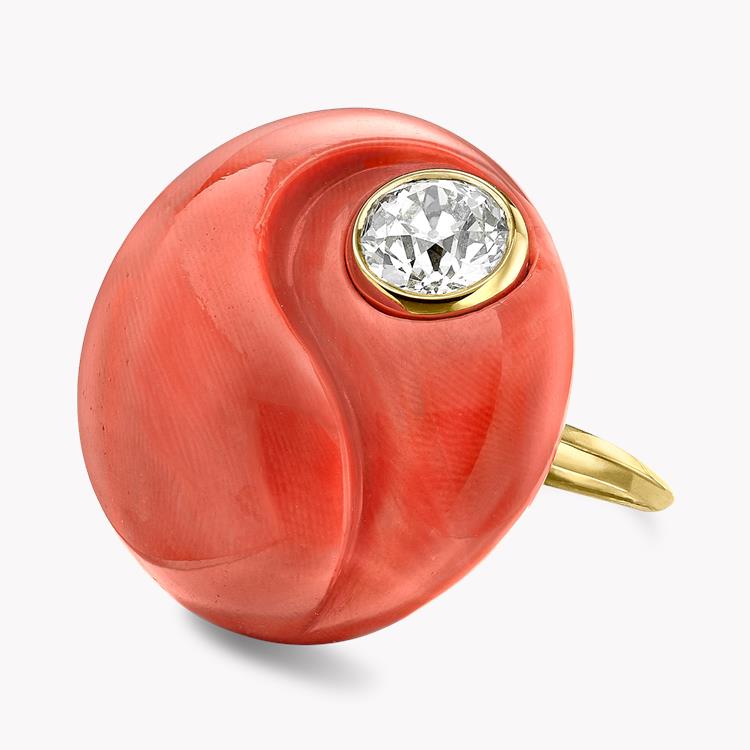Diamond Cutting Through Time
By the 13th and 14th centuries, diamonds began to make their mark in European jewellery, marking a significant development in adornment styles. Venice emerged as the pioneering centre for enhancing the natural facets of diamonds through polishing techniques. By the end of the 14th century, a crucial diamond trade route had been established between Bruges and Paris, facilitating the distribution of these precious stones across the continent.
The discovery of the sea route around the Cape of Good Hope by Vasco da Gama in 1499 proved transformative for European access to Indian treasures. This maritime pathway allowed Europeans to bypass the perils of overland travel, leading to Goa’s rise as a vital trading hub.
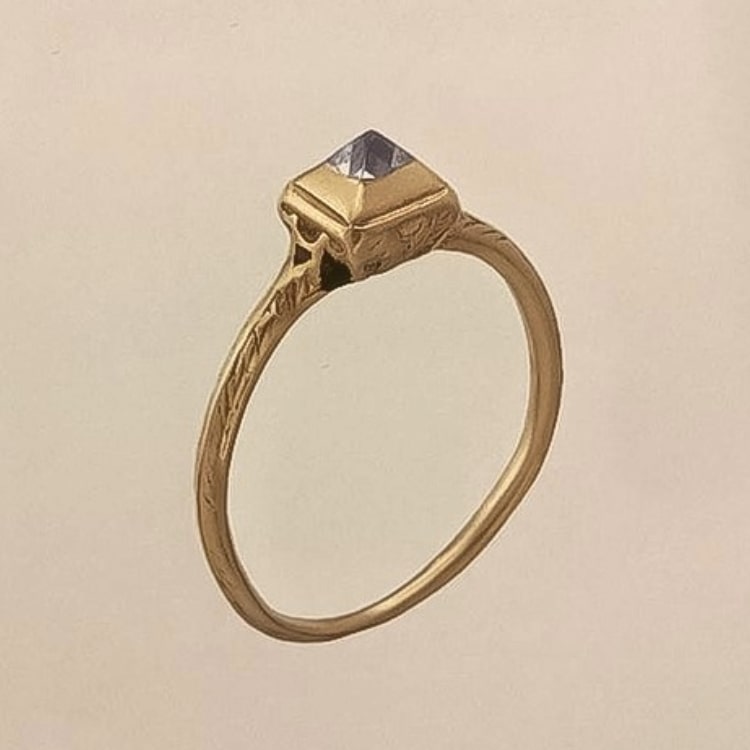
11th - 14th Century
Around the year 1400, jewellers began using table cuts, which were the first notable diamond cuts. These cuts served as the predecessors to the emerald cut, a name that wouldn’t be established until the 1940s.
A popular cut of that century was the Point Cut. The point cut was designed to bring imperfect and flawed stones into a pleasing symmetry, resembling a perfect octahedral crystal.
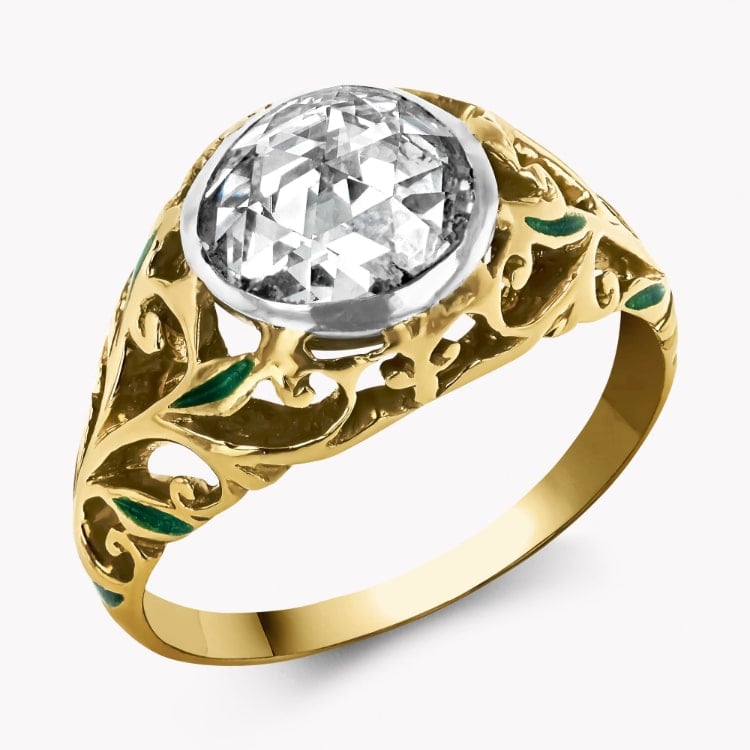
16th Century
At the end of the 15th century, Lodewyk van Berken invented the scaif, a polishing wheel that utilised diamond dust to grind facets onto diamonds. By using olive oil as a lubricant, this machine could cut with much greater precision than previous tools. It also allowed diamond cutters to focus on how the facets reflected light. During this period, the briolette cut became popular, and cutters began to embrace more creativity in their designs.
One of the most popular cuts of the century was the Rose Cut, which featured a flat bottom and triangular facets cleft into the crown.
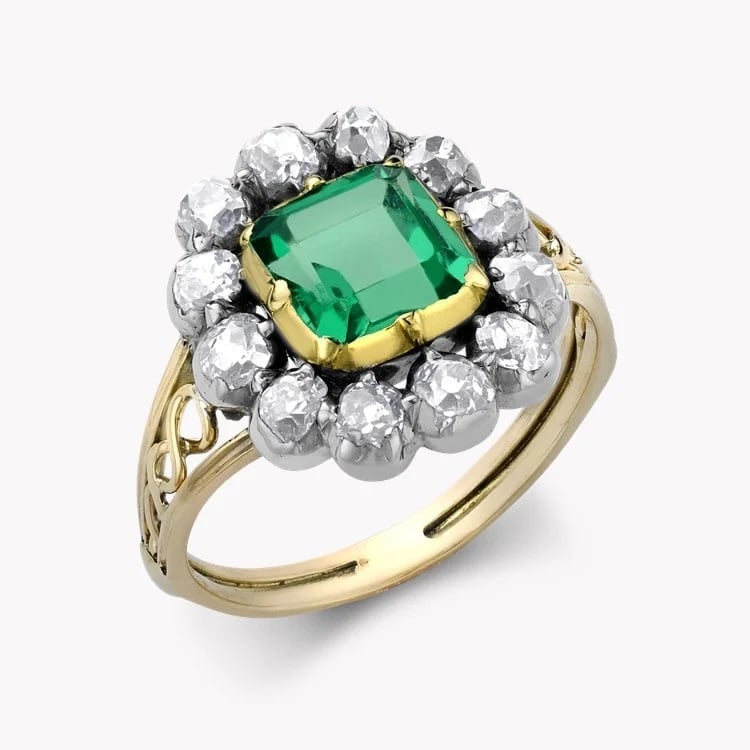
18th Century
In the early 1700s, Brazil entered the diamond industry and has remained a global player in this market for three centuries. In November 1721, Jacob Roggeveen anchored off the coast near São Paulo, and several crew members deserted to seek their fortunes in the diamond mines onshore.
Eventually, news of the Brazilian diamond mines reached Europe. Between 1732 and 1771, 42,000 carats per year were exported from Brazil to Europe. This influx caused diamond prices in Europe to fall for quite some time, also impacting the Indian mining industry.
One of the most popular cuts of the century was the Old Mine Cut. By the early 18th century, the diamond cutter Peruzzi had increased the number of facets to 58.
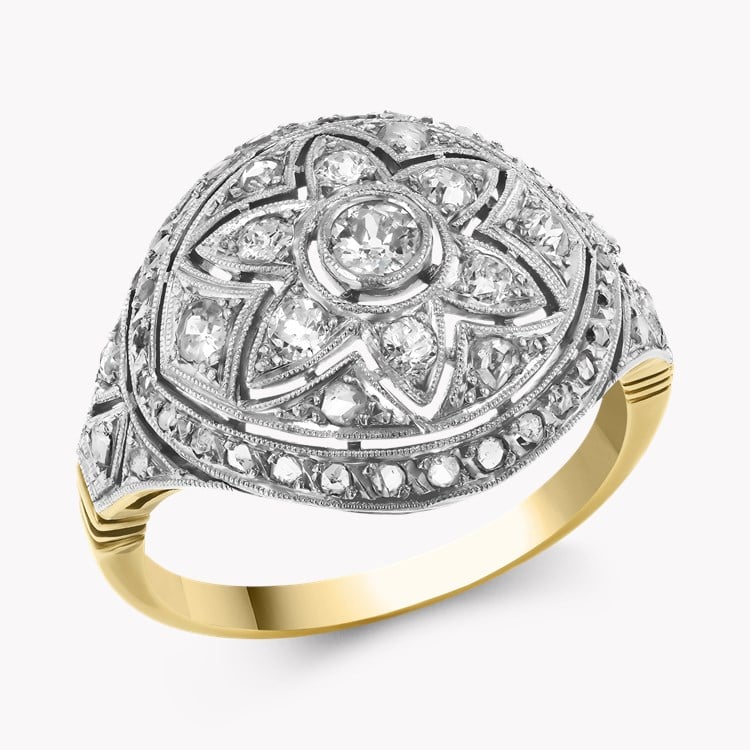
19th Century
The South African Diamond Rush in the late 19th century had a profound impact on the region's economy, demographics, and global significance following the discovery of diamonds in the 1860s and 1870s.
In 1867, a young boy called Erasmus Jacobs discovered a shiny stone on the banks of the Orange River. This stone was later identified as the Eureka Diamond, weighing 21.25 carats. By 1871, a much larger diamond deposit was discovered on a farm known as Colesberg Kopje, which became the centre of the diamond rush and eventually known as Kimberley. This discovery attracted thousands of prospectors, leading to the rapid development of makeshift mining towns.
During the 19th century, the primary diamond cut was the Old European Cut, a refined version of the Old Mine Cut and a precursor to the modern round brilliant cut. Characterised by a circular girdle and 58 facets, this cut is known for its steep crown, smaller table, and great depth, which together create a captivating sparkle.
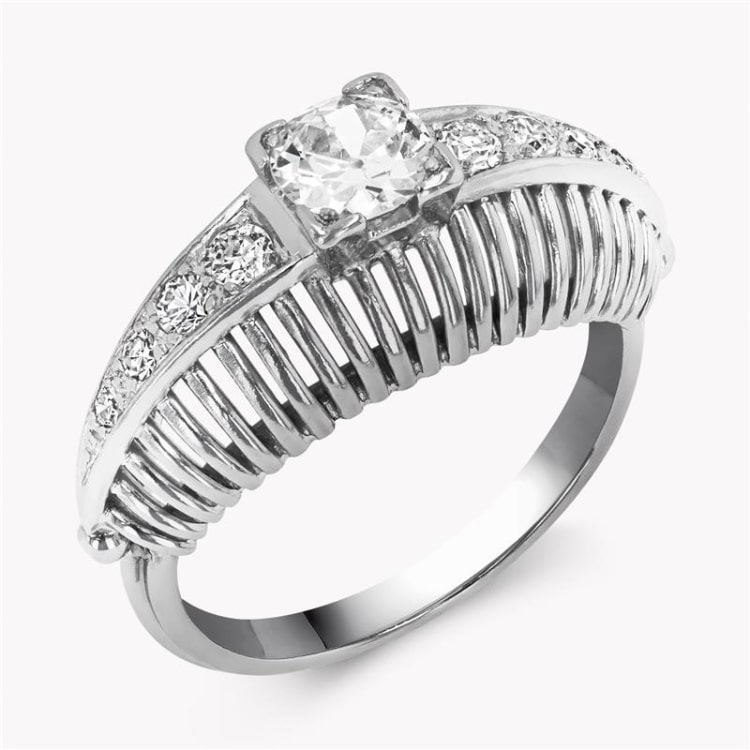
Victorian Era
During the Victorian Era, numerous innovative tools transformed various industries, including diamond cutting, with the introduction of motorised saws and bruting machines. These advancements led to the development of English round cuts, which feature 58 facets and are akin to today’s round brilliant cuts.
Several popular diamond cuts emerged throughout the century, including the Transition Cut. Historically, diamond cuts aimed to minimise the waste of rough diamonds. However, as techniques advanced, there was a shift towards sacrificing a larger portion of the rough stone to reveal its most flattering form.
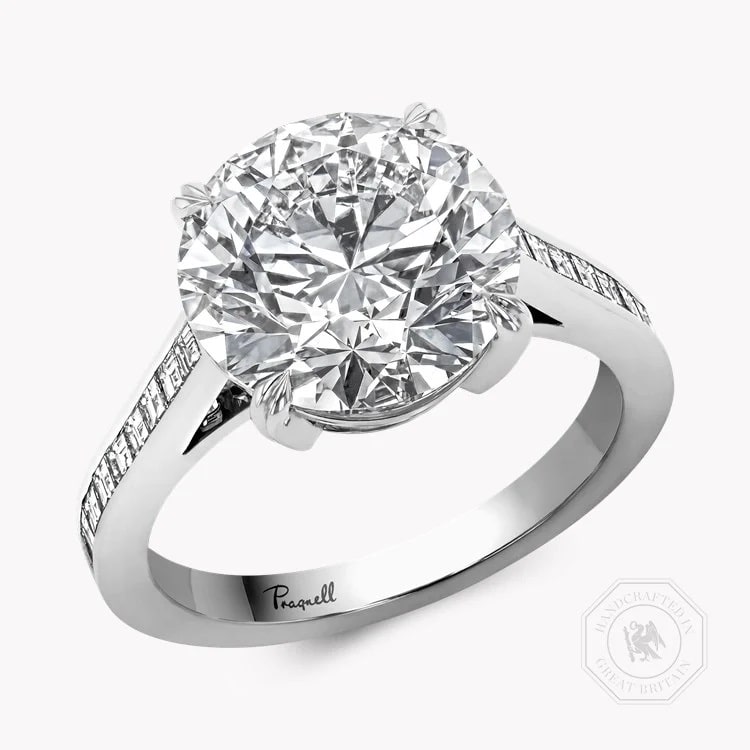
20th Century
In 1948, diamond rings became the preferred choice for engagement rings with the launch of the campaign "Diamonds Are Forever."
Throughout the century, the modern brilliant cut emerged as the most popular shape, overshadowing all others, and it continues to dominate the market today.
Explore Vintage Diamond Rings
Jewellery CLP Page
Contact us